Houst turns two this week.
From humble beginnings in my flat, we are proud to have become the world’s largest Host Management Business. Passing our second birthday and now in our fifth office (!), it seems a good time to reflect on where we came from, what we have learned along the way and what challenges lie ahead.
Table of Contents
The Early Days
We started small, and lean. In 27 minutes on Boxing Day 2014, I created a landing page promising ‘Hassle-free Airbnb’ and paid £50 for a Facebook advert to push people to our site.
By early March 2015, I had signed up a few clients and incorporated as Houst Limited. I had also hired an intern, Herman, and persuaded a developer friend to join the project. We now had to figure out how to do cleaning, laundry and key exchange, as well as the guest communications. I was an Airbnb host myself, so I had a pretty good idea of what was required, but no practical experience of delivering that for more than one property. I invited Daniel (COO), and Tom (Head of Growth) to co-found the project, build out the operation and help meet the market demand that had become very evident.
The Key to Cleaning
We experimented with cleaners from various platforms (Hassle, Handy) but soon discovered that a regular clean and an Airbnb clean are more different than you would think. And that the quality of cleaners on those platforms was hugely variable, despite favourable ratings from other users.
We knew that the quality of cleaning would be key to our success (or failure), so we tested, tested, tested. And you build what you measure, right?
We sent text messages to every guest asking them to rate the latest clean, and promised cleaners a bonus per hour for any clean rated 5*, and an equivalent reduction for cleans rated 4 or below, with unrated cleans at the standard rate.
Tiered payment worked – or so we thought. Cleaning quality improved, and though we were investing our limited funds in subsidising quality cleans, we felt it was the right thing to do.
Unfortunately, the cleaners didn’t feel the same. For the cleaners, even the really good ones, the cost of being paid less for a poorly rated clean outweighed the benefit of being paid more for a highly rated clean.
When we asked the cleaners what they wanted, they were almost unanimously in favour of a flat hourly rate, despite the fact that they had been earning slightly more on average through the tiered system.
We realised that it hadn’t been the tiered system that improved cleaning quality; it was the fact that we were using the feedback provided by guests to engage with cleaners individually on particular issues. Working directly with cleaners, was improving their performance.
Traction & Growing Pains
With help from the Pi Labs Accelerator programme and a commitment to growth, by the end of 2015, we reached our target milestone of 150 managed homes and closed a round of funding just before Christmas.
We set ourselves a new target of reaching 750 homes by the end of the following year, which would be a tall order. Taking churn into account, it would mean signing just shy of 100 homes per month.
In the spring of 2016, I took the bold (some said deranged) step of buying up poster space on the London Underground, at considerable expense.
Attracting people to our website wasn’t a problem. We had hundreds of leads per month. Converting those visitors into Houst clients was much harder.
At the same time, we were fortunate to take part in the 500 Startups Growth ‘Dojo’ – a month long workshop / hack to supercharge our sales funnel. The guys at 500 taught us the value of creating mini experiments and extracting learnings as quickly as possible, before iterating on the funnel and re-testing. We understood this intuitively; it was just a question of being faithful and committed to this mantra and executing quickly.
Our sales funnel improved immeasurably, with conversion almost tripling in a couple of months. By summer, and following a second tube campaign, we had increased our monthly signs from approximately 20 per month in February to almost 180 in July.
Growing can hurt. Using NPS (Net Promoter Score) surveys, we were learning from our clients all the time. At times this was painful, as our service hadn’t always kept pace with our growing customer base. But it allowed us to identify the most important problems and pain points faced by our customers, and to take action. Our billing was confusing and our customer service was unresponsive. We put a lot of effort into putting these right, and slowly but surely, customer satisfaction improved.
Fulfilling the Mission
By the second half of 2016, we had demonstrated the elusive ‘product-market fit’ that everybody talks about, and closed another round of fundraising, led by Concentric, to continue in our mission ‘to build a global platform that makes it easy to share your home’.
Unlike our competitors, Houst was never designed to be a hospitality company that dabbles in technology. We are a technology company that delivers hospitality, at scale.
We want to create a uniquely powerful backend that removes the hassles of being a host, and an intuitive front end that makes hosts feel comfortable and in control. We’re lucky to have assembled a world-class technology team to get us there. We now need to validate some of our most important assumptions, namely that:
holidaymakers will be more willing to share their home with strangers when the principal hassles of hosting are removed
customers will be prepared to pay for this service around the world
Hope you enjoyed reading.
James
If you'd like to unlock the value in your home, try our clever calculator below and see how much your home could earn you!
🚀 Start & Scale Your Airbnb Business with Houst
Launch a profitable Airbnb business — without owning property.
Join Houst’s Airbnb Business Partnership Program to start, manage, and grow your short-term rental business. With expert marketing, automation tools, and dynamic pricing strategies, we help you maximize earnings and scale faster.

⭐ Rated 4.8/5 by 2,500+ Hosts
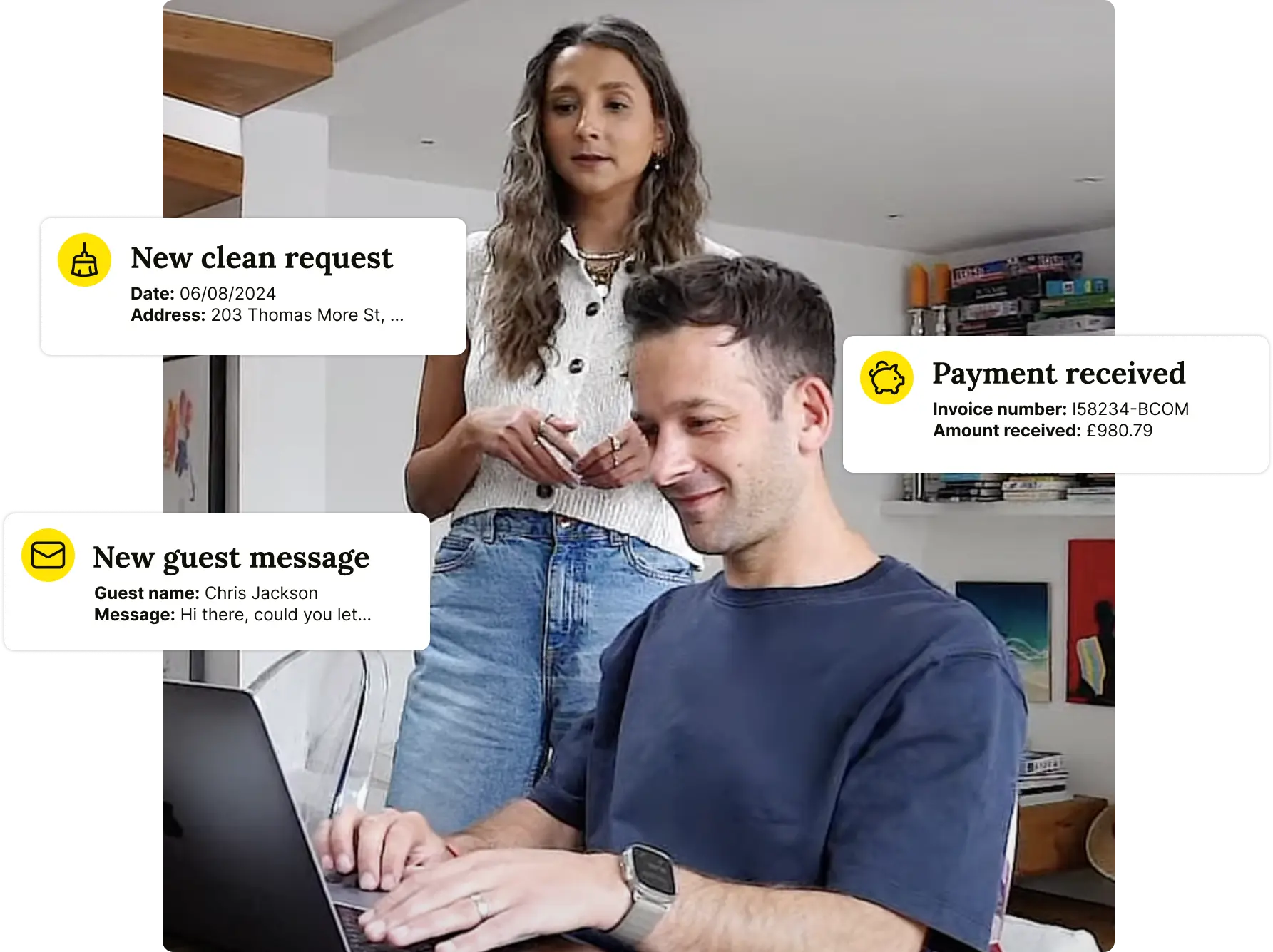
.webp)
🚀 Build a Thriving Airbnb Business with Houst
Monetize short-term rentals without owning property. Our Airbnb Business Partnership Program helps you start, scale, and automate a profitable Airbnb business with smart pricing, automation, and expert support.
💡 No Property Needed
📈 Expert Growth Strategies
🤖 Automated Hosting Tools

⭐ Rated 4.8/5 by 2,500+ Hosts
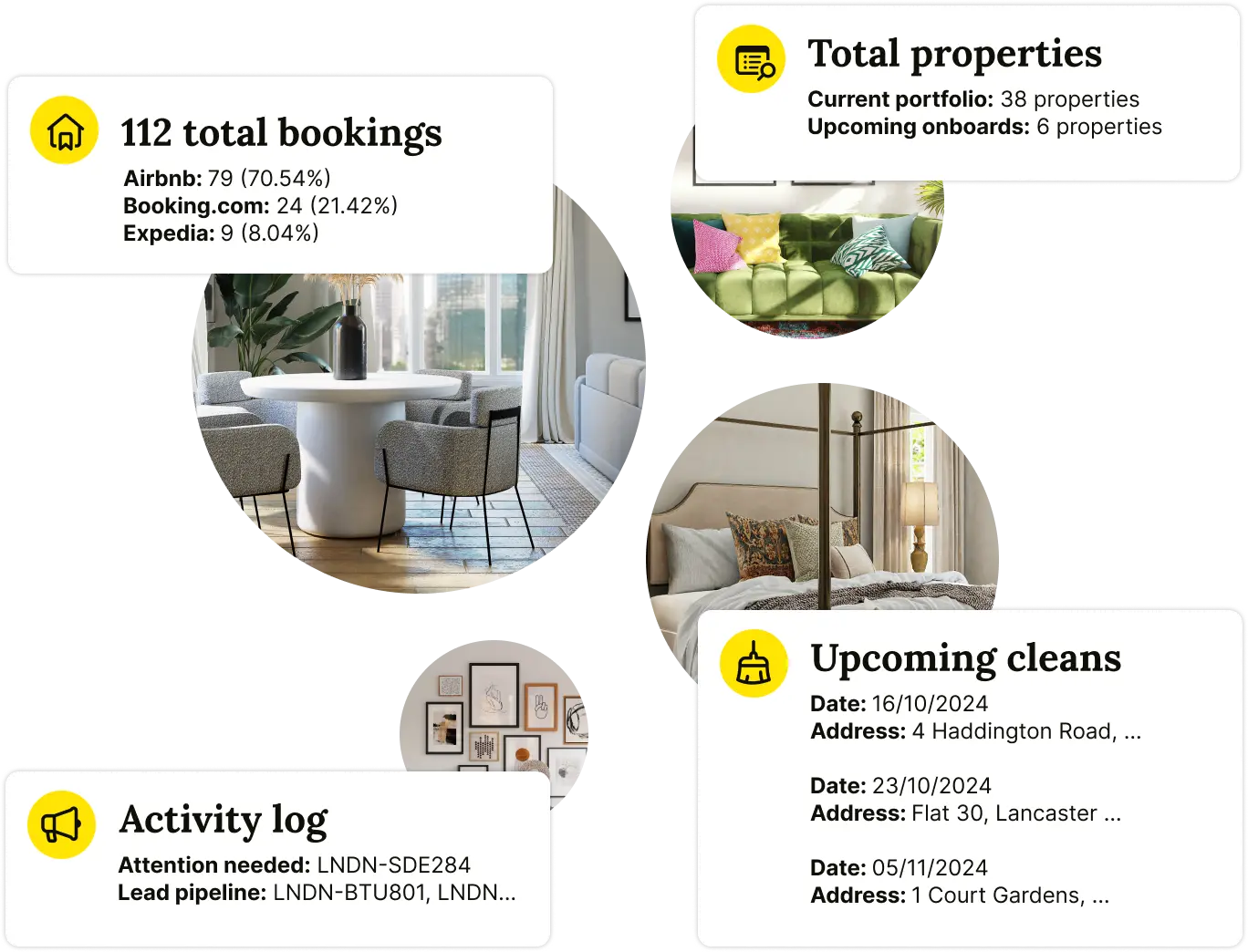
🧼 Airbnb Cleaning & Turnovers, Done Right

⭐ Rated 4.8/5 by 2,500+ Hosts
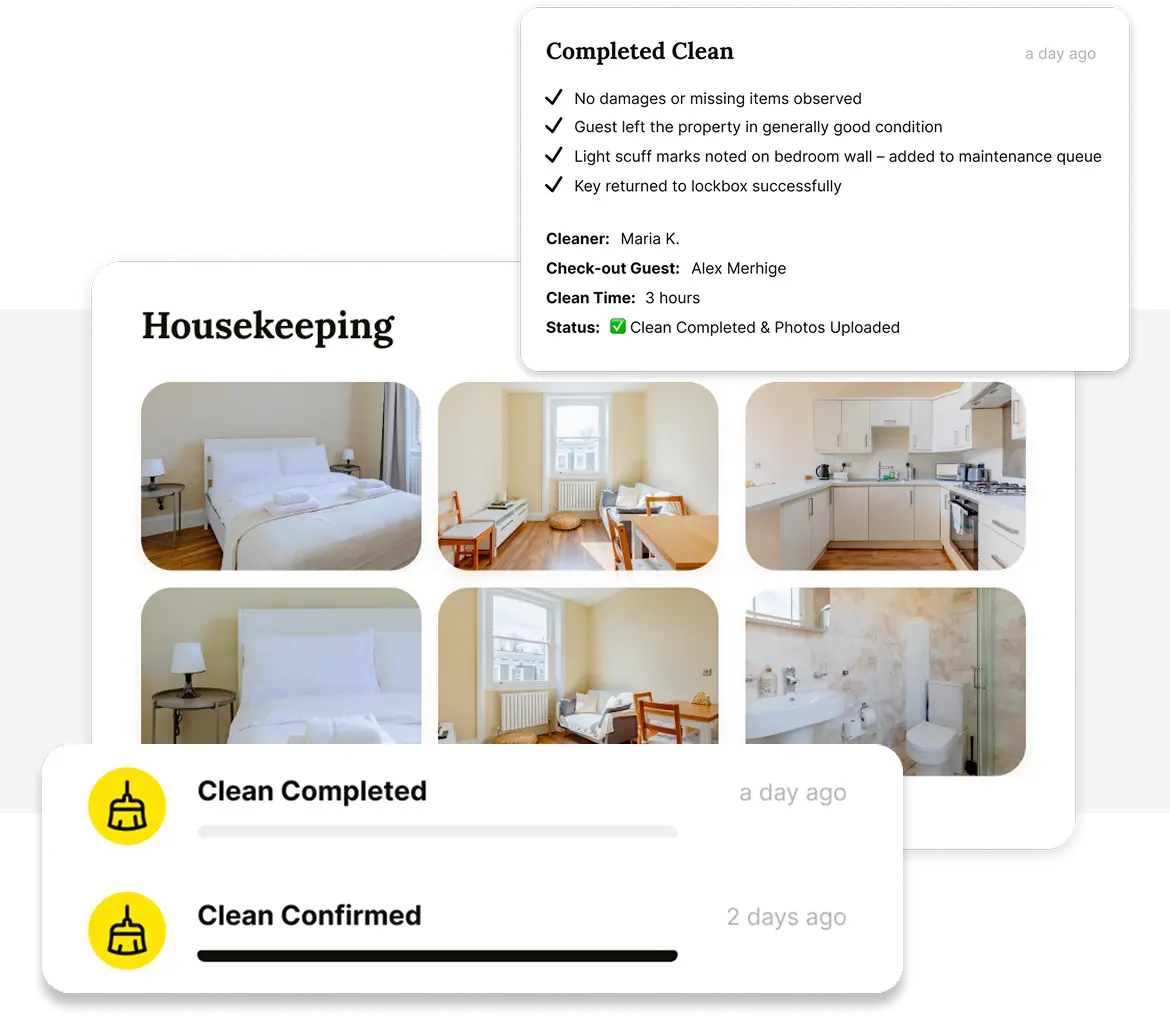
🚀 Build & Grow Your Airbnb Business with Houst
Turn your expertise into a profitable Airbnb business — without owning property.
Join Houst’s Airbnb Business Partnership Program to start, manage, and scale with ease. Get expert support, automation tools, and smart pricing strategies to maximize earnings and grow faster.

⭐ Rated 4.8/5 by 2,500+ Hosts
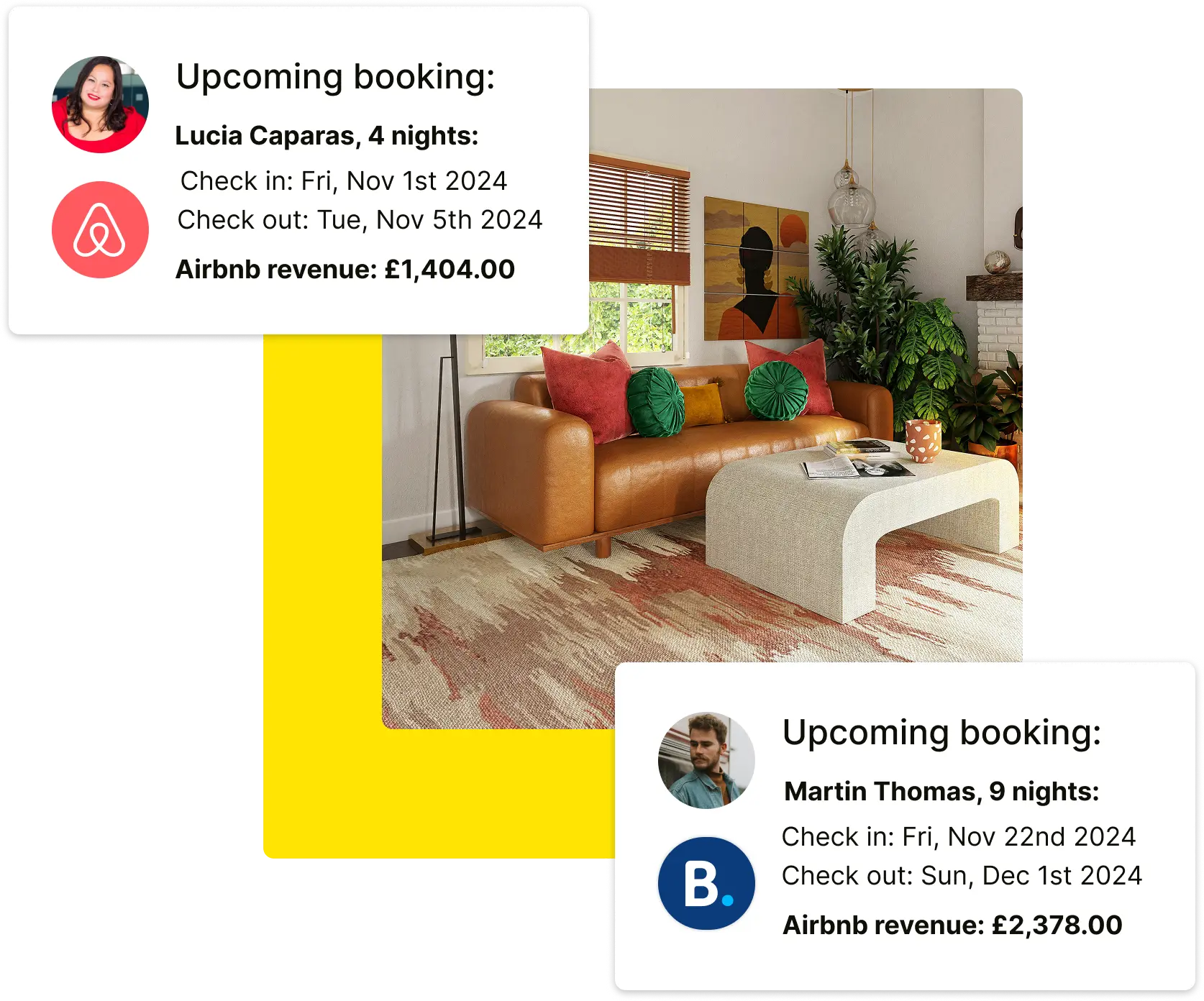

⭐ Rated 4.8/5 by 2,500+ Hosts
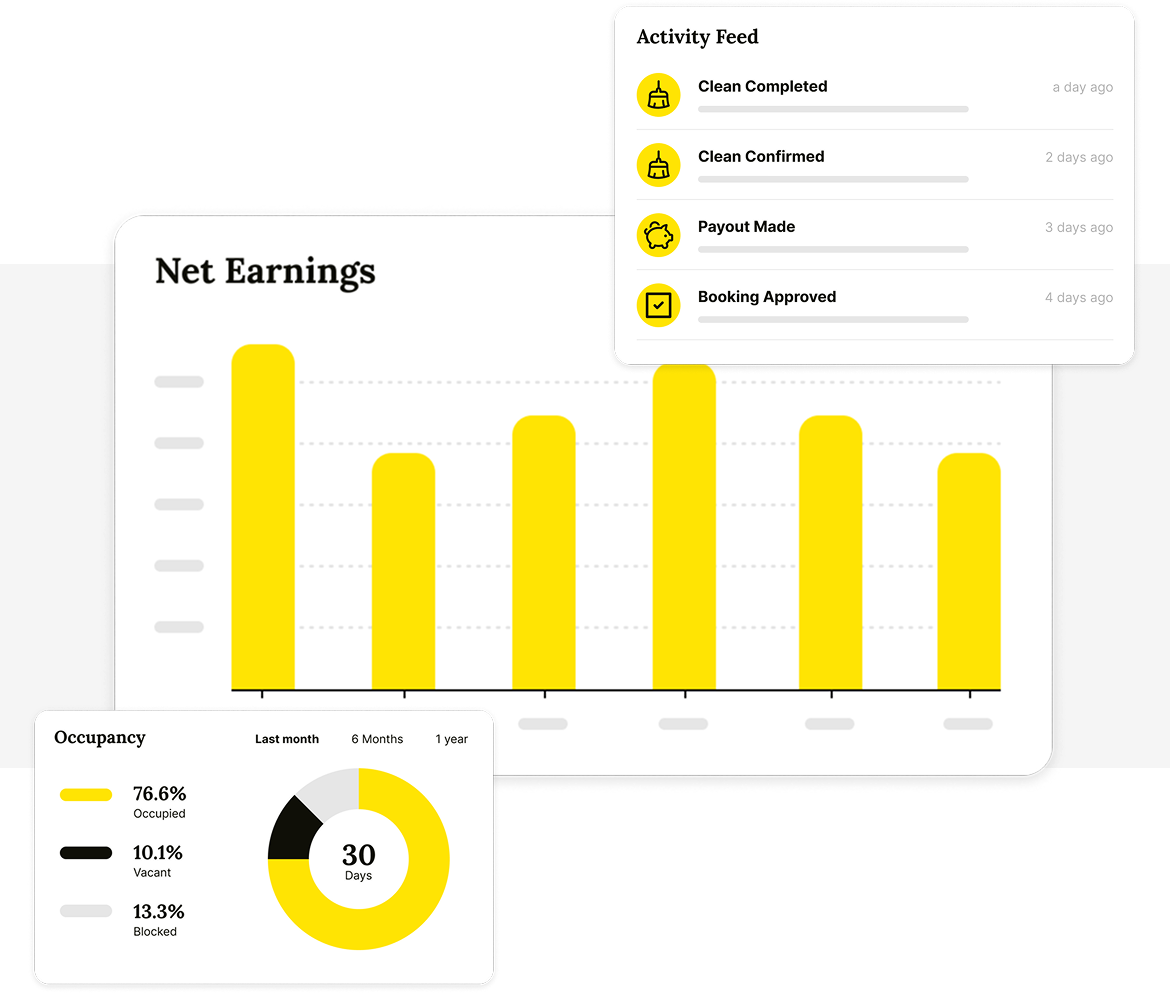



.png)

.webp)
